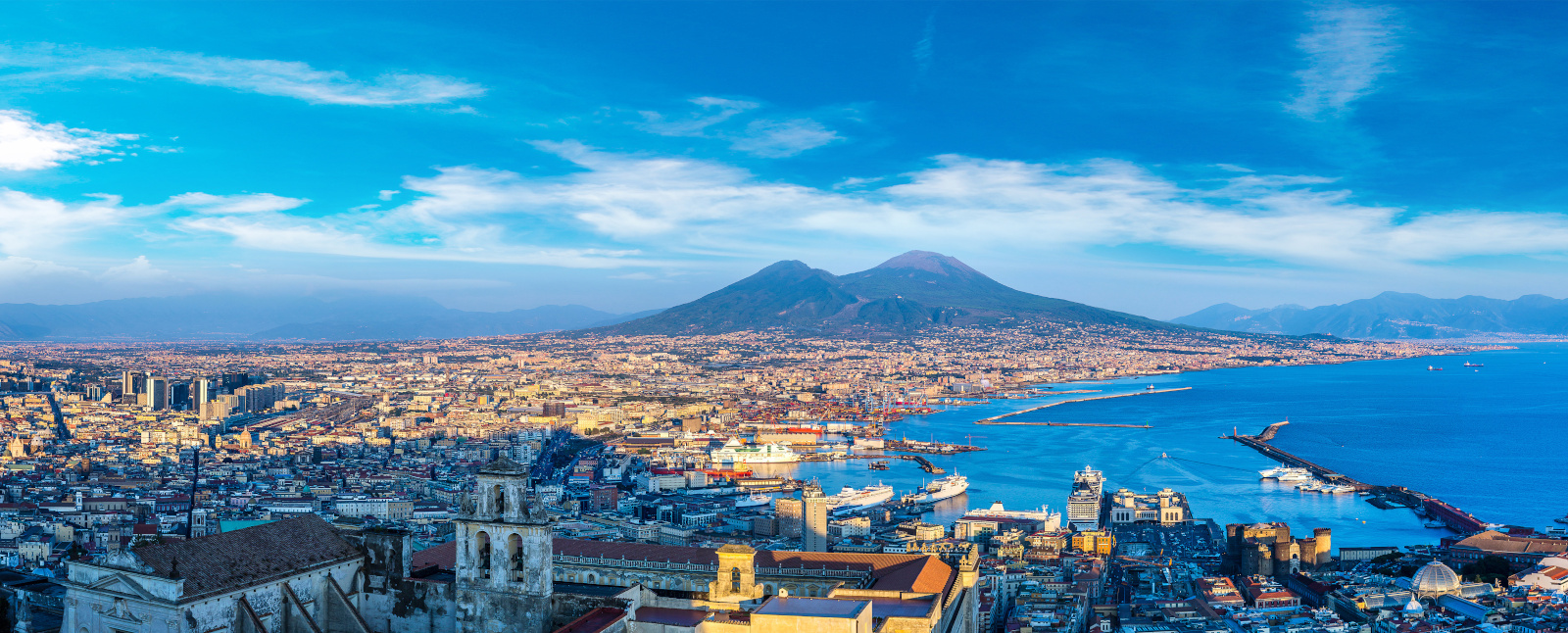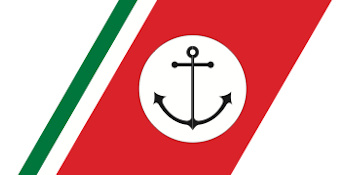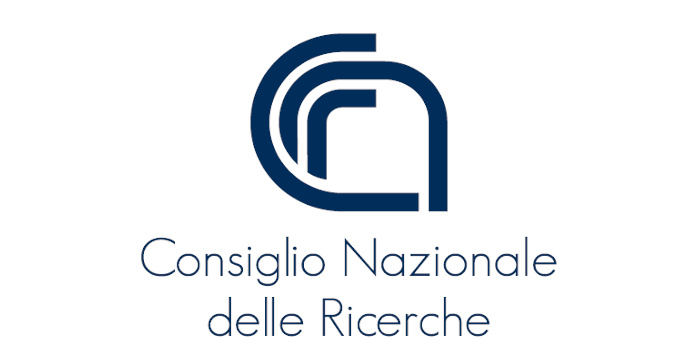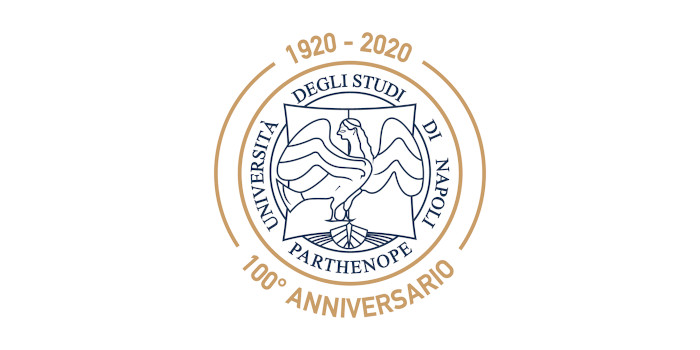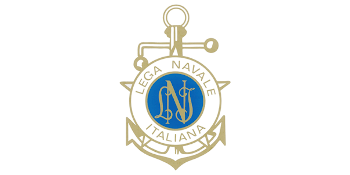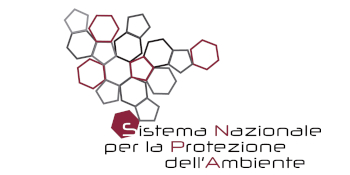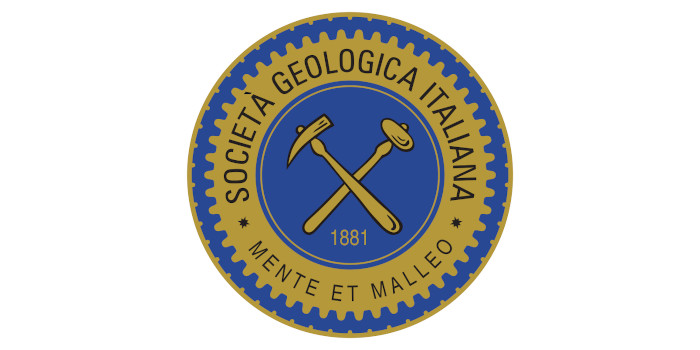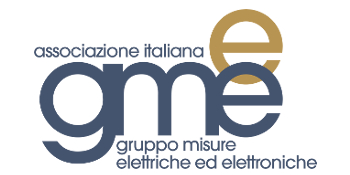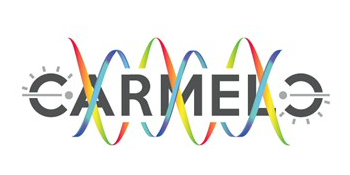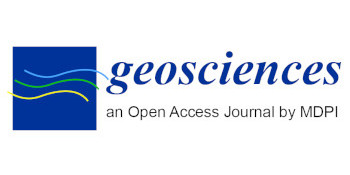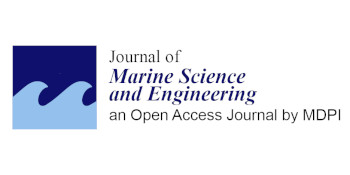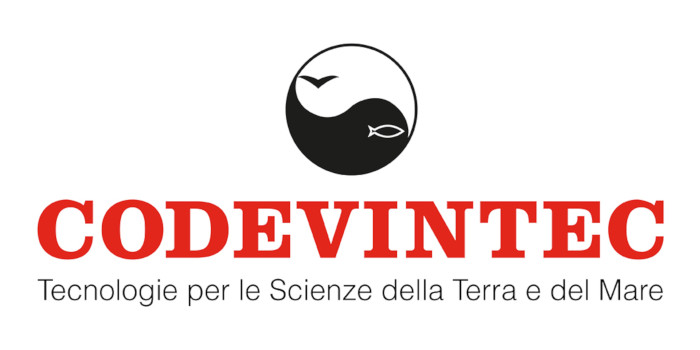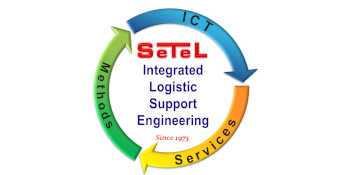Session 1 - Integrated remote coastal and seabed mapping
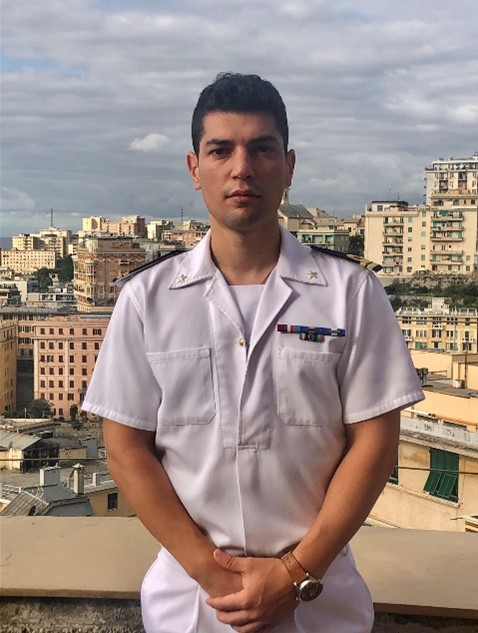
Luca Labella
Italian Navy, Italy
Abstract
Different in-situ methods and satellite multispectral images represent a sustainable tool to connect the data requirements in coastal applications, in terms of resolution, accuracy, and time consuming. Moreover, remote sensing technology, together with some ground truth points, can be decisive in the acquisition of large-scale information, saving in this way the available economic resources as well. In the presentation, theorical concept on remote sensing through passive sensors, that may be installed on planes, unmanned aerial vehicle (UAV) or satellites, are described to better introduce the workflow, issued by GEBCO, and approved by hydrographic offices, to extract bathymetry from satellite and aerial images. In this tutorial, in fact, we see firstly how to get self-confident using all the required GIS software tool, in order to well menage the different layers of a multispectral satellite or aerial image. Then, we present how, through multispectral satellite images and ground truth points at sea it is effectively possible to develop a morpho-bathymetric model of a coastal strip. These products highlight how, with a proper accuracy, is possible to obtain information about depth of extended area without employing any crew on field.
These capabilities represent a noticeable step forward in the standard observation methodologies that, for many years, were conducted by only “in situ” measures with traditional instruments.
Short Biography
Lieutenant Luca LABELLA (IT Navy) in 2016 graduated at Italian Naval Academy in “Maritime and Naval Sciences”.
In 2017, was employed for the following two years in the hydro-oceanographic team on board ITS Ammiraglio Magnaghi, the Italian Navy hydro-oceanographic Ship.
Since 2018, he has been employed at the Hydrographic Institute of the Navy, attending the master’s degree in "Hydrography and Oceanography" - course held by the Italian Hydrographic Institute of the Navy and the University of Genova - for the subsequent Category “A” certificate released by the International Hydrographic Organization (IHO).
During the last two years he took part in the scientific team in both High North19 and High North20, the marine geophysical campaigns led by the Italian Navy in Arctic Ocean.
During the last two years he decided to focus his efforts on this branch and write his master’s degree thesis on the remote sensing application during High North20. Different technical aspects of the cited thesis are contained in the training tutorial arranged for the MetroSea 2020 virtual meeting.
Session 2 - Multidimensional marine geophysical data acquisition using Autonomous Surface Vehicles

Luca Gasperini
Institute of Marine Science - National Research Council ISMAR-CNR, Italy
Abstract
Natural or artificial shallow-water environments, such as harbors, coastal areas, waterways, lakes and lagoons, are in general affected by anthropogenic pressures. For this reason, they would require periodic monitoring, to mitigate the effects of environmental crises caused by human activity or natural processes. Being close to modern and/or ancient settlements, they are also important for archeological, paleoanthropological and paleoenvironmental studies, which often find in such environments well preserved and continuous stratigraphic records. Due to several reasons, geophysical studies in shallow-water areas (shallower than a few meters) are not a consolidated practice to date. However, their economic and social importance calls for the development of new technologies and methods offered to a wider range of researchers. The recent progresses and developments in the field of marine robotics (Remote Operating Vehicles, Autonomous Surface Vehicles, etc.) are an interesting opportunity in this sense, and open the door to multidimensional/multiparametric acquisition and analysis of marine geophysical data (Stanghellini et al., 2020). Particularly effective for geological studies of the shallow-water environments are the chirp-sonar seismic reflection surveys. In fact, the highly-repeatable frequency-modulated signal generated by these seismic sources enable to accurately estimate the seafloor reflectivity, and could be used to compile sediment distribution maps. Moreover, taking advantage from the shallow water and the close-spaced grids that could be eventually collected using autonomous vehicles, pseudo-3D techniques could be successfully employed to determine lateral changes in the acoustic facies of the sedimentary sequence.
In this tutorial, we present several case-studies dealing with application of such techniques to data processed using the open software SeisPrho (Gasperini and Stanghellini, 2009), and show how they can be effective in highlighting geological properties of the seafloor and sub-seafloor. They include compilation of “flattened” versions of seismic sections by using a special function of SeisPrho, which consist in time-shifting the seafloor reflector (and the entire seismogram), to a horizontal reference level at each shot point. In this way, the “flattened” grid could be subsequently sampled by using the Time-Slice function of SeisPrho, allowing for integrating seismic amplitudes within a given time window. The cumulative amplitude value determined at each shot could then be employed as an estimate of the lateral reflector coherence, assuming that well layered beddings give higher values of this coefficient.
All such parameters derived from single or multiple datasets could be used to compile thematic maps which include 2D, pseudo-3D, 3D or 4D (repeated in time) geological information over any given study area.
Session 3 - Satellite remote sensing of the ocean: applications in temperate and polar regions

Giuseppe Aulicino
University of Naples "Parthenope", Italy
Abstract
In-situ observations and satellite remote sensing together need to be viewed as an integrated system to improve our knowledge of the physical and biogeochemical characteristics of the ocean and to provide observational data required by routine operational ocean modelling and forecasting on timescales of days to seasonal. Modelling and forecasting requires sustained observations for initializations and validation, for keeping the models on the correct trajectory, and in the development phase also for model testing and calibration.
The complementarity between different in-situ methods and several satellite observations represent a valid tool to meet the data requirements of global, regional, and coastal applications, in terms of resolution, accuracy, and variables needed.
Earth Observation systems already demonstrated a unique capability to enhance our understanding and managing of the ocean environment at both temperate and polar latitudes.
Spatial and temporal coverage of satellite remote sensing is emerging to address major concerns (global monitoring, disaster management support, climate change issues) but significant improvements are still needed to ensure that its contribution will be more pervasive, in science, in industry, as well as in the improvements of health and social welfare.
Among others, the not trivial issue of observing from space a three-dimensional ocean characterized by a multi-scales dynamics and an impressive variability of physical and biogeochemical characteristics.
In this context, several examples of satellite applications to ocean monitoring will be introduced and discussed, also presenting snapshot comparisons to in situ and model data.
Short Biography
Dr Giuseppe Aulicino PhD has a strong background in oceanography and remote sensing of the ocean with prevalent interests in the Polar Oceans and the Mediterannean Sea. His research activities mainly focused on operational oceanography, AUV monitoring, waves in ice, ocean-ice-atmosphere exchanges, polynyas and ice shelves, mesoscale dynamics and eddies, new strategies for multiplatform and hierarchical monitoring, teleconnections. Previous studies also included the collection, quality control and analysis of big ocean datasets collected through TSGs, CTDs, moorings, gliders, drifters and wave buoys, as well as the processing and analysis of satellite observations, from raw data to geophysical products, retrieved through a large set of sensors. To date, he is RTD-A researcher at Università degli Studi di Napoli Parthenope.
